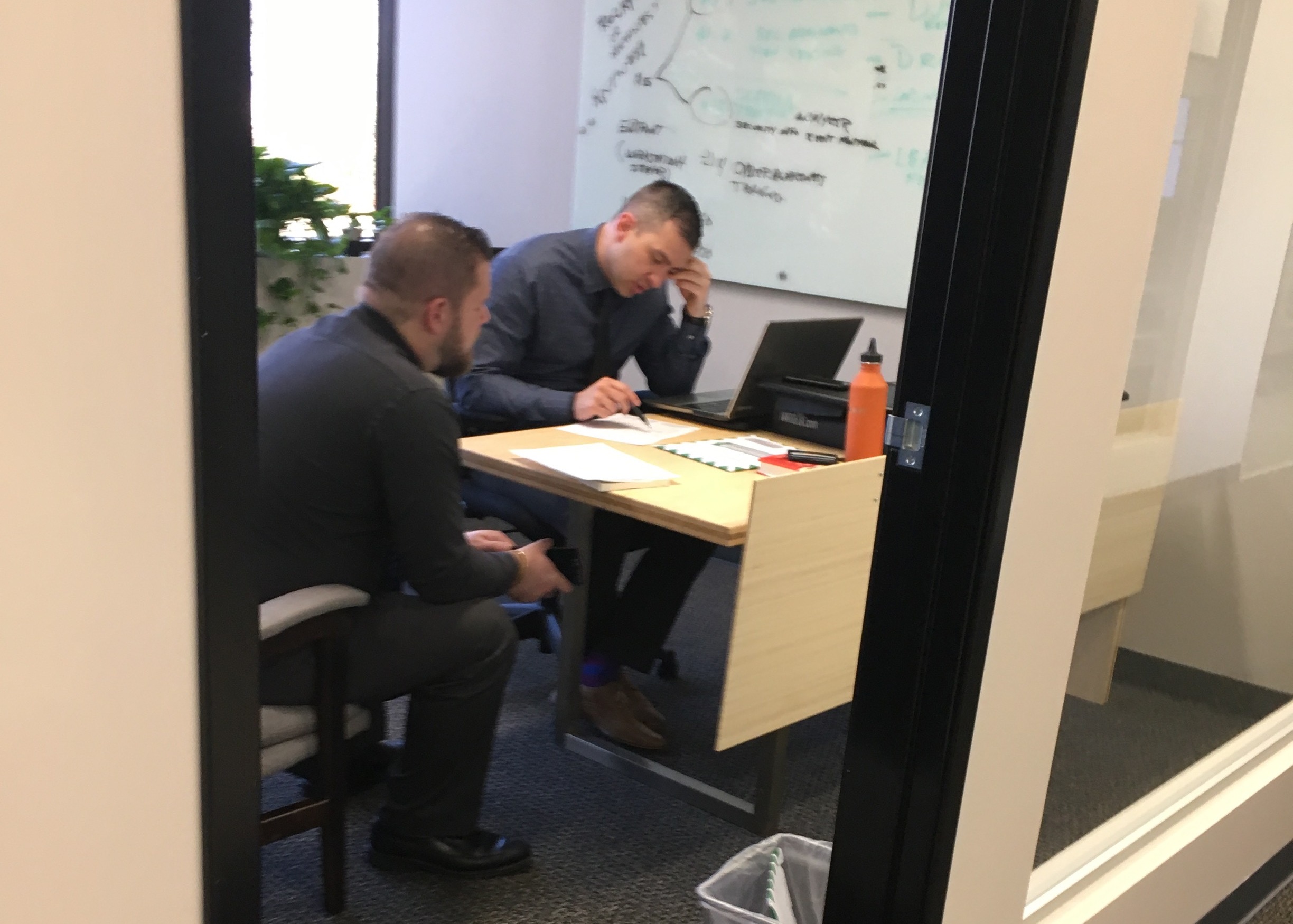Ownership changes are a fact of life in senior care. When a nursing home or LTPAC facility changes hands, you’re often faced with the challenge of migrating the electronic health record (EHR) system to a new platform — without sacrificing or impacting continuity of care. At FIT Solutions, we’ve supported many of these migrations. Over time, we’ve developed a roadmap and set of best practices for efficiently and successfully completing the handover to new ownership.

EHR Migration Roadmap: Planning Ahead
Preparation is key. In our experience, the more attention you pay to the first four steps here, the less likely you are to encounter unplanned obstacles downstream that could substantially delay your migration.
- Determine the migration type. We anticipate that as the new owner, you’ll be using an EHR system hosted in the cloud. There are so many advantages to a cloud-based system that hardly anyone hosts their instance on-premises in their own data center anymore. Here are the possible scenarios.
- EHR to same EHR. If the outgoing and incoming owners use the same EHR system, the migration can be as simple as spinning up a new instance of the software in the cloud and copying the database over. Not all of the steps in this checklist will apply to you, but most assuredly, some of them will.
- Paper records to EHR. In some ways, moving from paper records is more straightforward than migrating across different EHRs. You’ll need to do some scanning and have the resources to do that available to you.
- EHR to different EHR. The majority of the time, this is the scenario you’ll be dealing with.
- Obtain and inspect the final letter of agreement. We can’t emphasize this enough. You need to have the sale confirmed and letter of agreement finalized several months before the migration. The letter of agreement spells out whether the pre-existing computing, network and telephony equipment comes along with the sale. It also spells out which EHR records you’ll be allowed to copy. Policies vary from seller to seller — sometimes widely. The letter of agreement dictates what information you can migrate, and how. You can’t presume anything.
- Assess the willingness of the outgoing owners to cooperate. Regardless of what’s in the letter of agreement, reach out and get an idea of the outgoing owner’s willingness to share information, grant access and respond to your inquiries. The entire process will go much smoother with a cooperative seller. Some limit access and support. Enlightened sellers understand that transferring ownership supports their overall strategy, and is just part of doing business.
- Conduct a coordinated site survey. If you can, go onsite well in advance and do a thorough walk-through and site survey. Ideally, the IT team as well as electrical and other contractors will all go at the same time to work through and plan any potential changes. Typically, there is some IT work that’s dependent on the electrical work. This includes the need to relocate electrical outlets and network drops, or add new ones to accommodate new kiosks, Wi-Fi access points or other equipment. If backup power isn’t in place, this is the right time to rectify that shortfall if budget allows, or to at least put a contingency plan in place. Verify that there’s a contract for the essential electrical work, and clarify who owns it.
EHR Migration Roadmap - Setting the Stage
Once you understand the landscape, it’s time to start preparing the environment for the new EHR.
- Purchase new equipment as necessary. Assuming you’ll be allowed to take over the old equipment, cloud-based EHR systems can often run on older hardware. However, the browser needs to be up to a certain standard and the hardware needs to support it.
- Complete the electrical and cabling work. If any electrical service and network connections need to be provisioned to accommodate relocated computers, servers or Wi-Fi access points, schedule that work so it’s complete before the IT teams start to install the new equipment.
- Identify effective, tech-savvy and smart superusers. You’ll need to press some staff into service for two jobs: handling data re-entry to populate the new EHR with the most essential data, and to serve as support for the other users during the transition.
- Complete the IT-related work. This includes installing any new hardware, and configurations of the network, network devices, phone and/or fax systems. Now is the time to make sure that essential items are in place to support the transition, such as online storage and multifunction printers/scanners. If you’re switching ISPs, arrange for the connections. If you’re retaining the former ISP, make sure the contracts and new billing arrangements are in place to ensure continuity.
Migration Roadmap - Preparing to Execute
Two to three weeks prior to going live with the new EHR, start the process of migrating records to the new system and preparing your staff. You’ll be using paper charting during this interval, to cover any gaps.
- Contact the EHR provider to create a new instance of the software. Assuming you’re already a customer with existing accounts for your other facilities, this is likely a simple phone call.
- Prepare manual/paper processes to cover contingencies. During the time records are being converted and uploaded to the new EHR, you’ll need to have paper forms in place so caregivers can document their actions.
- Start superusers on the data migration or export to .pdfs. This is where your letter of agreement dictates what you can do. The profile and MDS documents can usually be electronically copied. Census or basic resident information can be often be migrated by a third-party provider. However, the core of the records, including care plans, assessments, orders and ADL tasks typically need to be output as .pdfs or scanned in from paper copies, and attached to the patient records in the new EHR.
- Put training materials in place. During the lead-up to adoption of the new EHR, make preparations to train the staff. Stage any training modules or videos, and ensure that all employees can access them. Set up a sandboxed system with simulated patient data, giving the caregivers the opportunity to practice. Prepare your superusers to conduct webinars and other training sessions, and schedule them during the first two weeks post-live.
- Plan for staffing and superuser coverage. During at least the first two weeks post-cutover, make sure that one or two superusers are available to cover for each shift. Clarify which resources, whether the superusers, IT services team or EHR support, are to handle specific issues such as how-to questions, password resets, Internet or Wi-Fi issues, email issues and access to shared drives.
- Execute training programs. Once the new EHR is populated with the essential data, you can roll out your training programs across all care teams. Rely on your superusers to train other nurses, CNAs and aides as you take the system live.
At FIT Solutions, we’ve handled and supported dozens of EHR migrations for senior care facilities. If you have an upcoming project or are planning an acquisition, feel free to reach out to our staff of experts. Give us a call at 888-339-5694.



